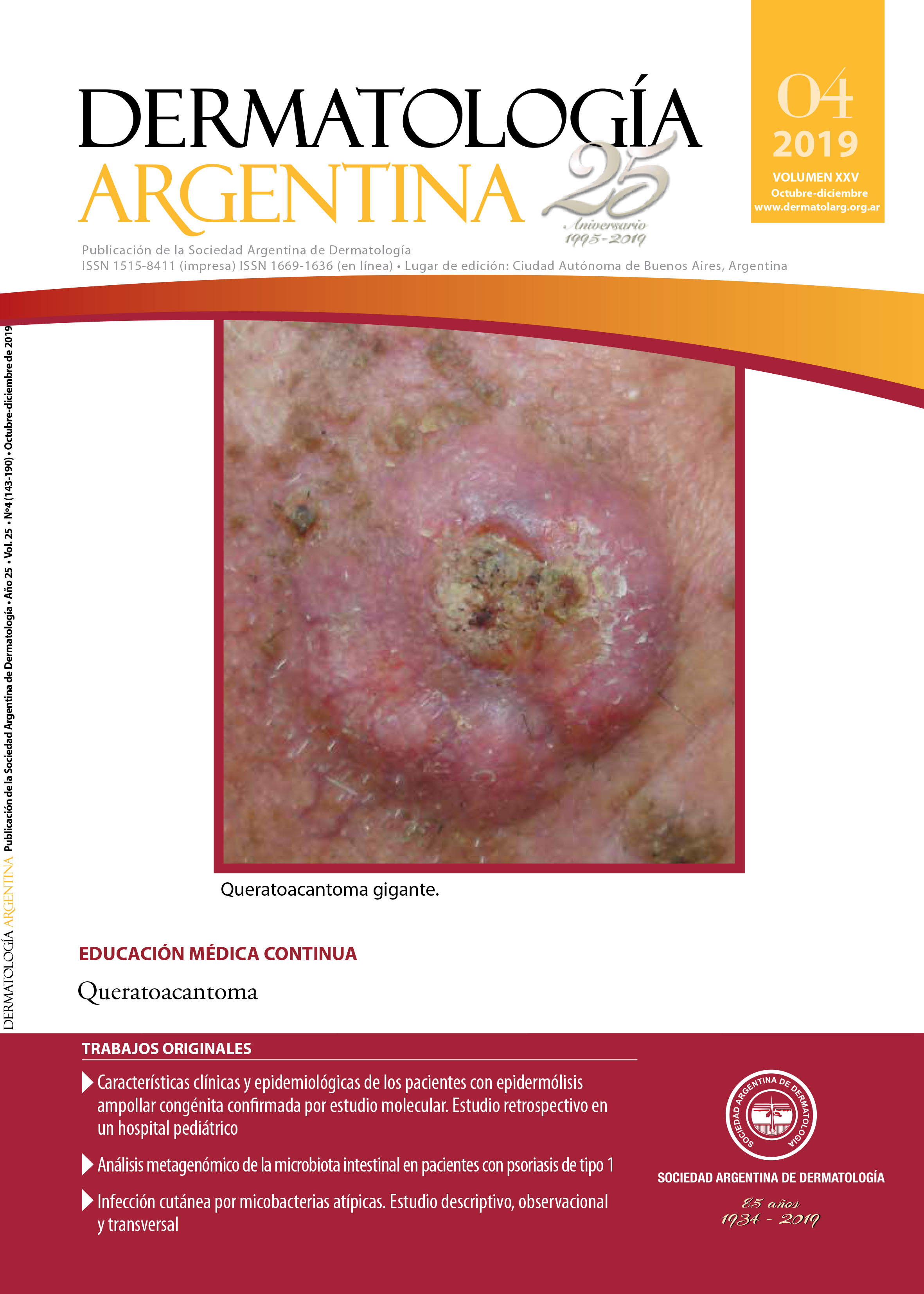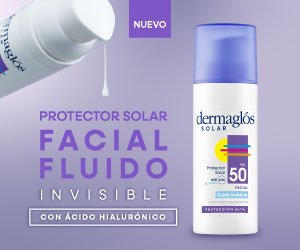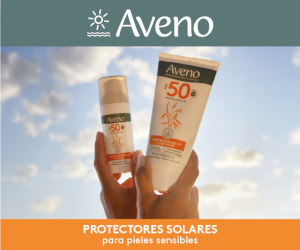Mycetoma due to Acremonium
Keywords:
mycetoma, eumycetoma, AcremoniumAbstract
Mycetoma is a chronic infectious disease that involves the skin, subcutaneous cell tissue and bone. It can be produced by bacteria (actinomycetoma) or by fungi (eumycetoma). It predominantly affects men, rural workers from tropical and subtropical regions.
Clinically it manifests itself as of subacute-chronic nodules that tend to get together and form plaques of hard woody consistency, with fistulous paths that drain purulent or serosanguinolent material that contain characteristic grains; that are most often located in lower
limbs. The treatment of choice for eumicetoma is itraconazole for 4 to 24 months.
We present the case of a 23-year-old male from Paraguay with lesions in the right lower limb, who performed treatment with itraconazole with excellent evolution.
References
I. Serrano J, Sandoval A. El micetoma. Revisión. Rev Soc Ven Microbiol 2003;23:70-79.
II. Bitan O, Wiener-Well Y, Segal R, Schwartz E. Mycetoma (Madura Foot) in Israel: Recent Cases and a Systematic Review of the Literature. Am J Trop Med Hyg 2017;96:1355-1361.
III. Abbas M, Scolding P, Yosif A, El Rahman R, et ál. The disabling consequences of Mycetoma. PLoS Negl Trop Dis 2018;12:e0007019.
IV. Abad M, Chiclayo A, Stella JA. Micetomas, presentación de dos casos con estudio clínico y anátomo-patológico. Folia dermatol Perú 2005;16:75-80.
V. Negroni R, Robles AM, Helou S, Arechavala A, et ál. Micetomas en el Hospital de Infecciosas Francisco Javier Muñiz de la Ciudad de Buenos Aires, Argentina. Rev Patol Trop 1998;27:185-194.
VI. Fahal AH, Suliman SH, Hay R. Mycetoma: The Spectrum of Clinical Presentation. Trop Med Infect Dis 2018;3:97-108.
VII. Geyer AS, Fox LP, Husain S, Della-Latta P, et ál. Acremonium mycetoma in a heart transplant recipient. J Am Acad Dermatol 2006;55:1095-1100.
VIII. Nenoff P, van de Sande WW, Fahal AH, Reinel D, et ál. Eumycetoma and actinomycetoma-an update on causative agents, epidemiology, pathogenesis, diagnostics and therapy. J Eur Acad Dermatol Venereol 2015;29:1873-1883.
IX. Scolding P, Fahal A, Yotsu RR. Drug therapy for Mycetoma. Cochrane Database of Systematic Reviews 2018;7:1-13.
X. Negroni R, López Daneri G, Arechavala A, Bianchi MH, et ál.Estudio clínico y microbiológico de los micetomas observados en el Hospital de Infecciosas Francisco J. Muñiz en el período 1989-2004. Rev Argent Microbiol 2006;38:13-18.
Downloads
Published
Issue
Section
License
El/los autor/es tranfieren todos los derechos de autor del manuscrito arriba mencionado a Dermatología Argentina en el caso de que el trabajo sea publicado. El/los autor/es declaran que el artículo es original, que no infringe ningún derecho de propiedad intelectual u otros derechos de terceros, que no se encuentra bajo consideración de otra revista y que no ha sido previamente publicado.
Le solicitamos haga click aquí para imprimir, firmar y enviar por correo postal la transferencia de los derechos de autor













